Unit 4: Social Psychology and Personality
1/123
Earn XP
Description and Tags
Name | Mastery | Learn | Test | Matching | Spaced |
|---|
No study sessions yet.
124 Terms
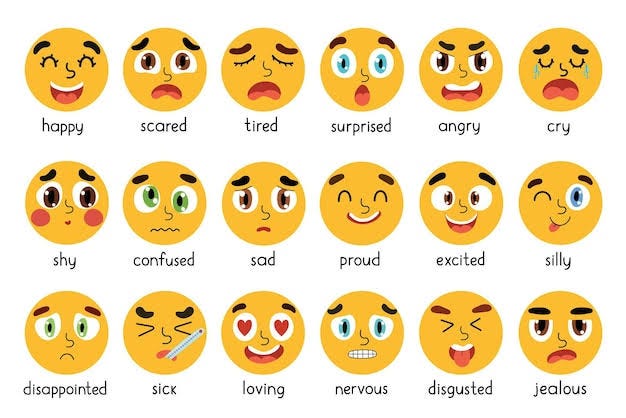
Emotion
a response of the whole organism, involving (1) physiological arousal, (2) expressive behaviors, and, most importantly, (3) conscious experience resulting from one’s interpretations.
Facial Feedback Hypothesis
states that facial expressions can influence emotional experiences, such as fear, anger, or happiness.
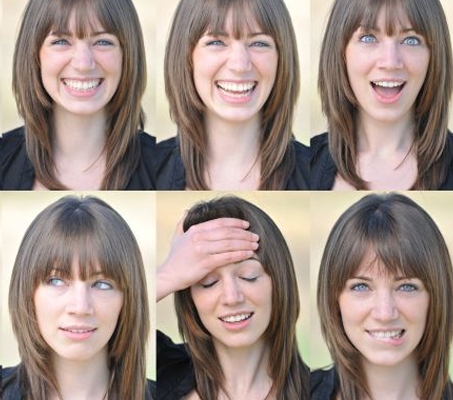
Behavior Feedback Effect
the tendency of behavior to influence our own and others’ thoughts, feelings, and actions.
Display Rules
Cultural norms set by the culture, these are social guidelines that tell an individual when, where, and how it’s okay to show certain emotions.
Broaden-and-Build Theory of Emotion
Positive emotions will expand an individual’s awareness opening their mind to new ideas, actions, and possibilities. Negative emotions on the other hand will close a person’s mind to new perspectives, experiences, and narrow a person’s focus.
Cognitive Appraisal
The process by which individuals interpret and evaluate events, especially stressful ones, to determine their emotional significance and impact,
Elicitors of Emotion
Which are events, situations, or stimuli that trigger an emotional response from an individual.
Attribution Theory
The process of explaining the causes of people’s behaviors by identifying either internal factors, such as personality and abilities, or external factors, like situational influences and environment conditions.
fundamental attribution error
The tendency to overemphasize internal factors, such as personally, when explaining other’s behavior while underestimating situational influences.
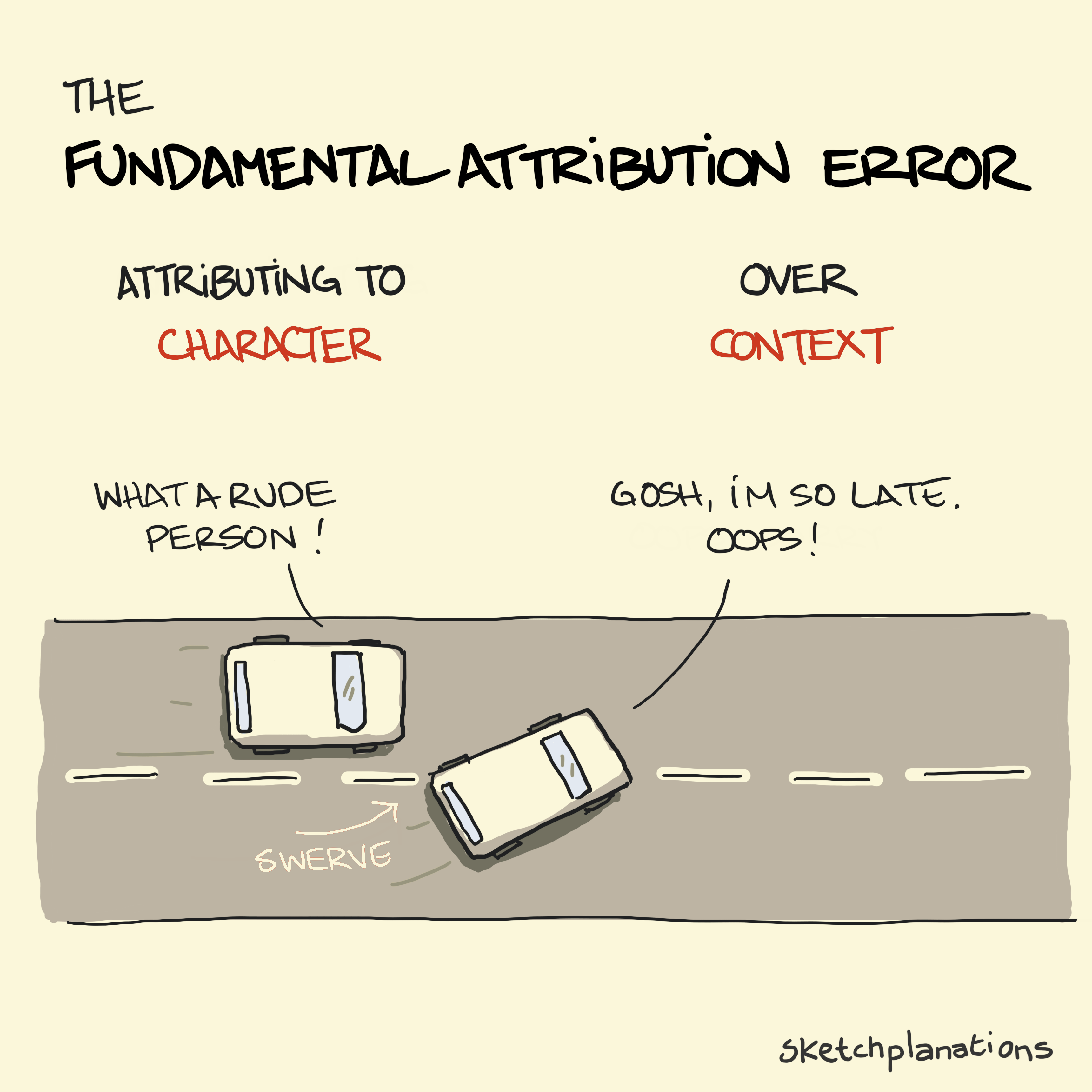
Actor-Observer Bias
Occurs when people attribute their own actions to external factors, but explain others’ behaviors using internal characteristics.
prejudice
an unjustifiable and usually negative attitude toward a group and its members. ________ generally involves negative emotions, stereotyped beliefs, and a predisposition to discriminatory action.
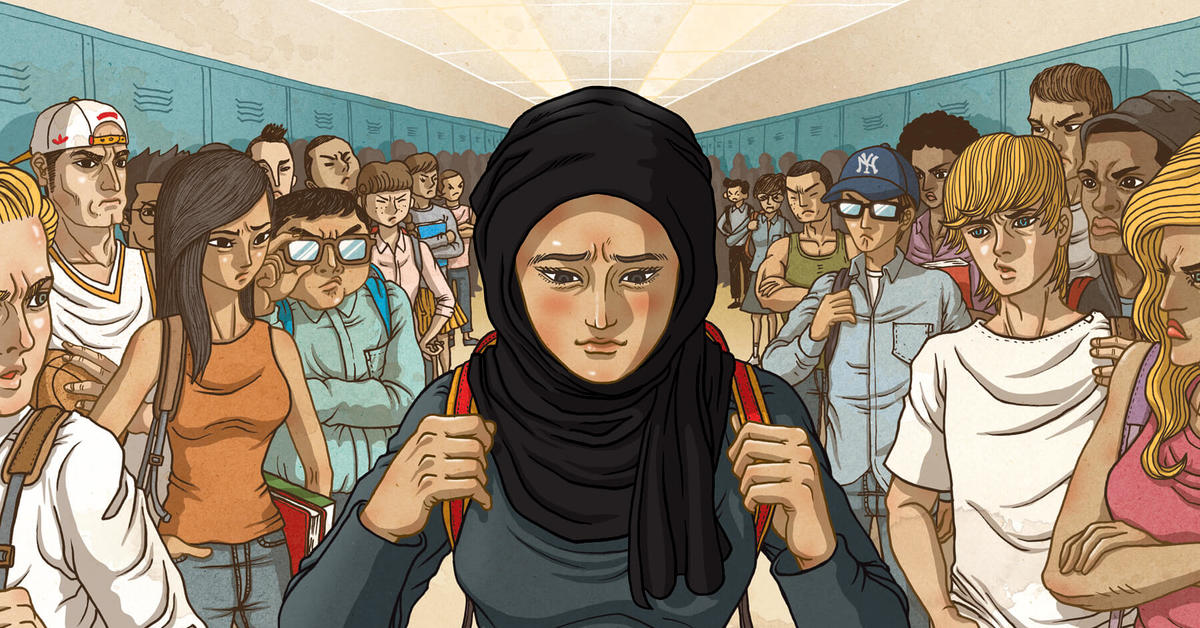
stereotypes
a generalized (sometimes accurate but often overgeneralized) belief about a group of people.
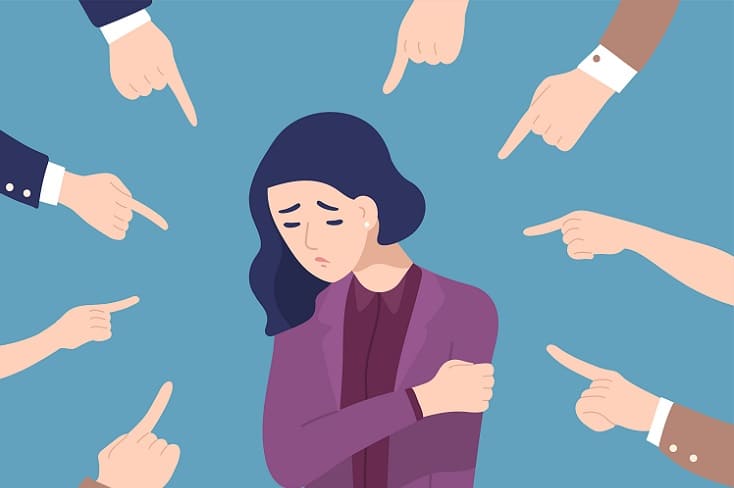
just-world phenomenon
The tendency to believe that people get what they deserve and deserve what they get, leading to the assumption that good things happen to good people and bad things happen to bad people.
social identity
the “we” aspect of our self-concept; the part of our answer to “Who am I?” that comes from our group memberships.
scapegoat theory
the theory that prejudice offers an outlet for anger by providing someone to blame.
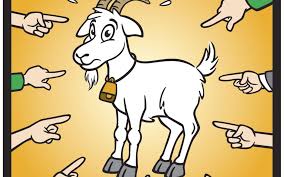
other-race effect (own-race bias)
the tendency to recall faces of one’s own race more accurately than faces of other races.
attitudes
feelings, often influenced by our beliefs, that predispose us to respond in a particular way to objects, people, and events.
foot-in-the-door phenomenon
the tendency for people who have first agreed to a small request to comply later with a larger request.
cognitive dissonance theory
the theory that we act to reduce the discomfort (dissonance) we feel when two of our thoughts (cognitions) are inconsistent. For example, when we become aware that our attitudes and our actions clash, we can reduce the resulting dissonance by changing our attitudes.
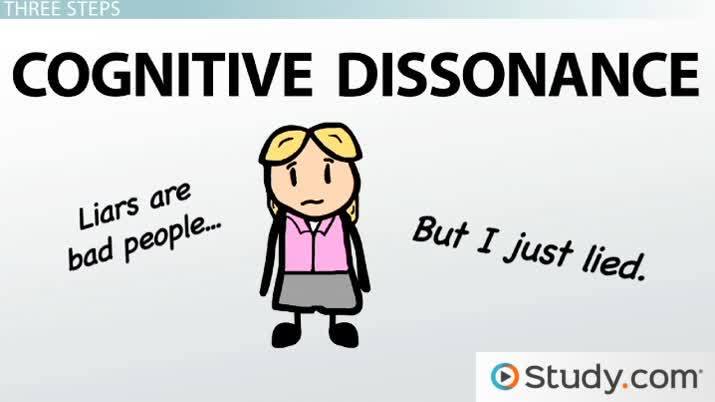
peripheral route of persuasion
A method of persuasion that relies on clues, such as attractiveness or credibility, rather than the context of the message, often resulting in temporary attitude change.
central route of persuasion
A method of persuasion that involves careful evaluation of logical arguments and evidence, leading to long-lasting attitude change.
Social norms
a society’s understood rules for accepted and expected behavior. _________ prescribe “proper” behavior in individual and social situations.
conformity
The tendency to adjust one’s thoughts, behaviors, or beliefs to match those of a group due to real or perceived social pressure.
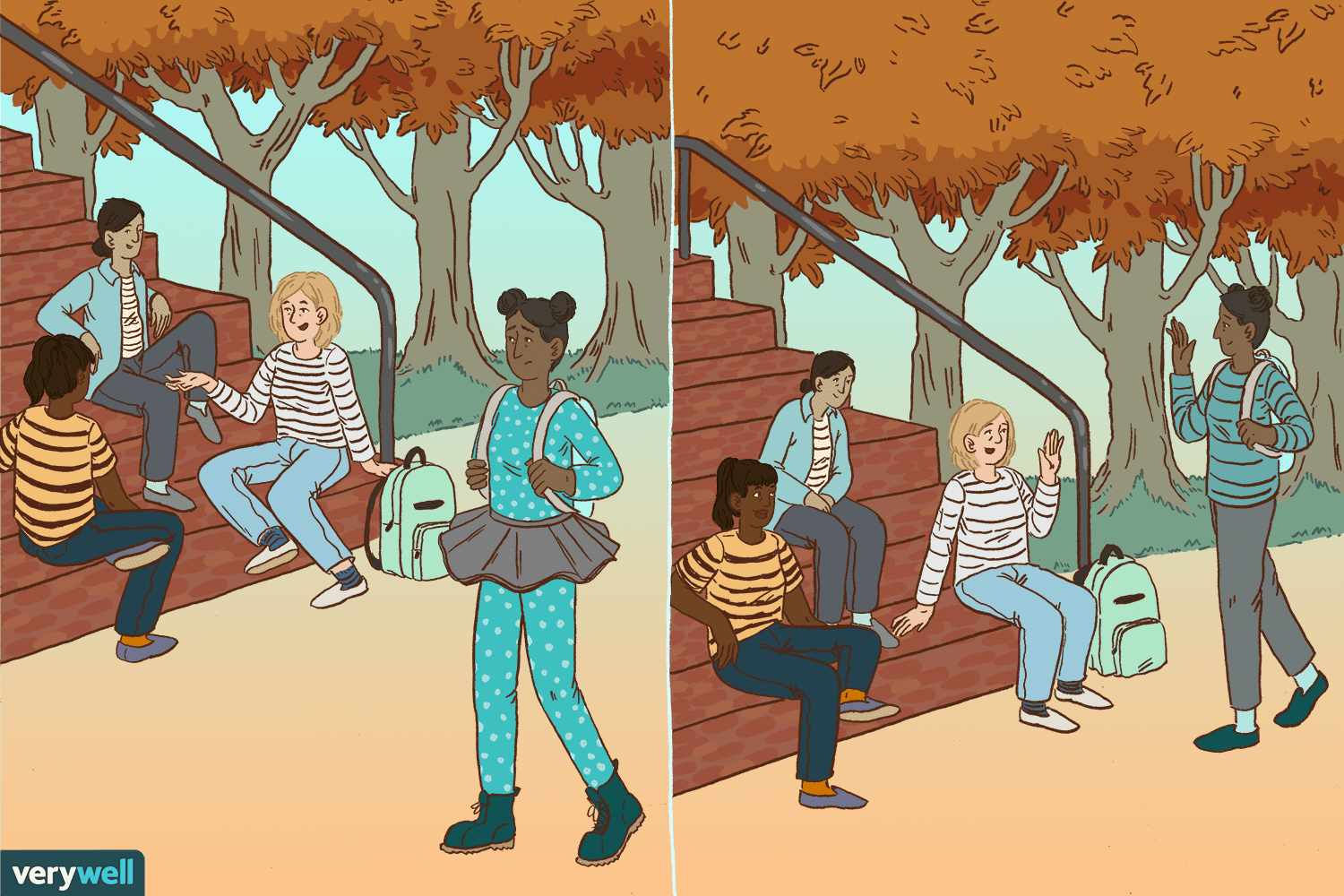
Normative Social Influence
When individuals conform to group norms to gain acceptance or avoid rejection, even if they don’t personally agree.
Informational Social Influence
When individuals conform because they believe others have accurate knowledge and they want to make the right decision.
social facilitation
in the presence of others, improved performance on simple or well-learned tasks, and worsened performance on difficult tasks.
social loafing
Then tendency for individuals to put in less effort when working in a group compared to when working alone.
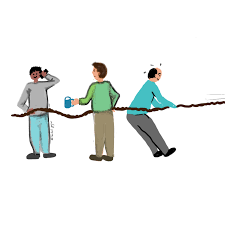
deindividuation
the loss of self-awareness and self-restraint occurring in group situations that foster arousal and anonymity.
group polarization
The tendency for group discussion to amplify the initial attitudes or opinions of its members, leading to more extreme decision or views.
groupthink
The desire for harmony and conformity in a group lead s to poor decision-making and suppression of dissenting opinions.
aggression
any physical or verbal behavior intended to harm someone physically or emotionally.
frustration-aggression principle
the principle that frustration — the blocking of an attempt to achieve some goal — creates anger, which can generate aggression.
social script
a culturally modeled guide for how to act in various situations.
mere exposure effect
The psychological phenomenon in which repeated exposure to a stimulus increases an individuals’ preference or liking for it overtime.
equity
a condition in which people receive from a relationship in proportion to what they give to it.
self-disclosure
the act of revealing intimate aspects of ourselves to others.
altruism
The selfness concern for the well-being of others, leading to helping behaviors without expecting any personal gain.
bystander effect
the tendency for any given bystander to be less likely to give aid if other bystanders are present.
reciprocity norm
an expectation that people will help, not hurt, those who have helped them.
social-responsibility norm
an expectation that people will help those needing their help.
social trap
Occur when individual or groups purse short-term self interest, leading to long term negative consequences for the collective. An example is overfishing, where individual fishers catch as many fish as possible, seemingly benefiting themselves, but depleting the fish population and harming the ecosystem in the long run.
mirror-image perceptions
mutual views often held by conflicting parties, as when each side sees itself as ethical and peaceful and views the other side as evil and aggressive.
The Self-Fulfilling Prophecy
The phenomenon where an individual’s expectations or beliefs influence their behavior in a way that causes those expectations to come true.
Graduated and Reciprocated Initiatives in Tension Reduction (GRIT)
a strategy designed to decrease international tensions.
personality
an individual’s characteristic pattern of thinking, feeling, and acting.
psychodynamic theories
theories that view personality with a focus on the unconscious mind and the importance of childhood experiences.
Sigmund Freud’s Psychoanalytic Theory
A theory that states that human behavior is driven by unconscious desires, childhood experiences, and the interplay of the id, ego, and superego, and that unconscious conflicts can manifest as psychological problems.
Unconscious
in psychoanalytic theory, contain thoughts and memories that are outside of conscious awareness, often influencing behavior without our realization.
Free association
in psychoanalysis, a method of exploring the unconscious in which the person relaxes and says whatever comes to mind, no matter how trivial or embarrassing.
Ego Defense Mechanisms
in psychoanalytic theory, unconscious psychological strategies used by individuals to cope with anxiety, stress, or internal conflicts by distorting reality in various ways.
terror-management theory
a theory of death-related anxiety; explores people’s emotional and behavioral responses to reminders of their impending death.
projective test
a personality test, such as the TAT or Rorschach, that provides ambiguous images designed to trigger projection of one’s inner dynamics and explore the preconscious and unconscious mind.

Rorschach inkblot test
a projective test designed by __________; seeks to identify people’s inner feelings by analyzing how they interpret 10 inkblots.
Maslow’s hierarchy of needs
beginning at the base with physiological need. Often visualized as a pyramid, with needs nearer the base taking priority until they are satisfied.
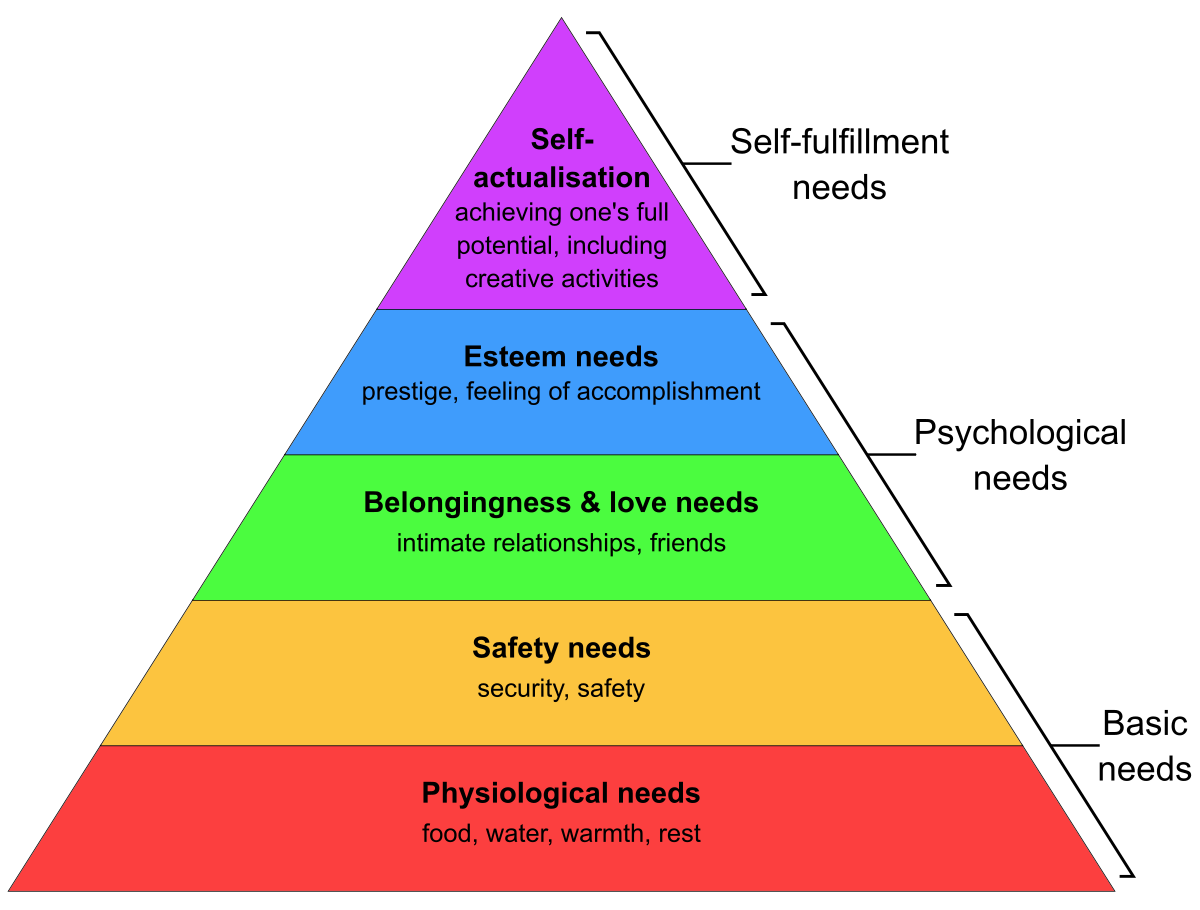
self-actualization
according to Maslow, one of the ultimate psychological needs that arises after basic physical and psychological needs are met and self-esteem is achieved; the motivation to fulfill one’s potential.
self-transcendence
according to Maslow, the striving for identity, meaning, and purpose beyond the self.
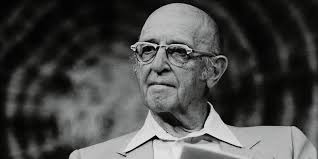
Carl Rogers
They emphasized self-concept, the importance of unconditional positive regard, and conditions of worth.
unconditional positive regard
Coined by Carl Rogers, accepting and valuing a person without conditions or judgment, fostering self growth and self acceptance.
self-concept
all our thoughts and feelings about ourselves in answer to the question, “Who am I?”
personality inventory
a questionnaire (often with true-false or agree-disagree items) on which people respond to items designed to gauge a wide range of feelings and behaviors; used to assess selected personality traits.
Minnesota Multiphasic Personality Inventory (MMPI)
the most widely researched and clinically used of all personality tests. Originally developed to identify emotional disorders (still considered its most appropriate use), this test is now used for many other screening purposes.
“Big Five” Personality Traits (OCEAN)
five traits — openness, conscientiousness, extraversion, agreeableness, and neuroticism — that describe personality
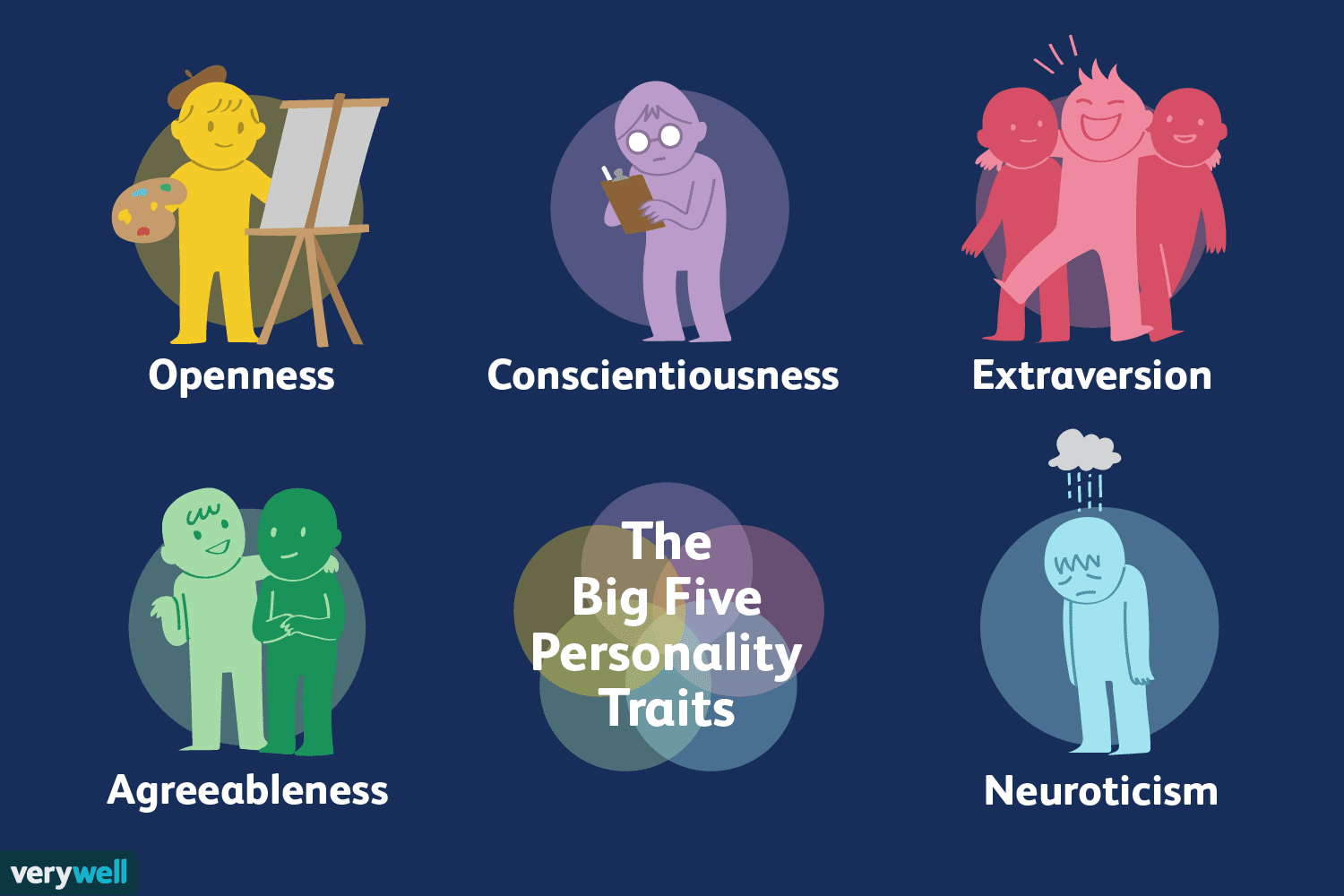
social-cognitive perspective
a view of behavior as influenced by the interaction between people’s traits (including their thinking) and their social context.
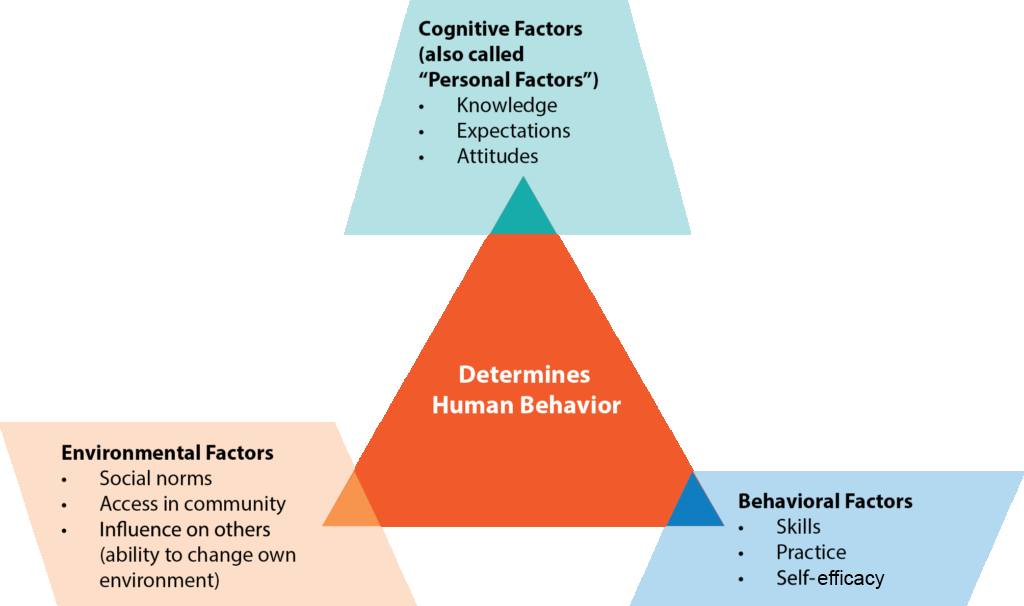
reciprocal determinism
personality is the result of reciprocal interactions between behaviors, cognitive and environmental factors, emphasizing the role of observation learning, self-efficacy, and personal experience.
- Self Concept
- Self-Esteem
- Self-Efficacy - A person’s belief in their ability to success in specific situation or accomplish tasks, which affects motivation and perseverance.
spotlight effect
overestimating others’ noticing and evaluating our appearance, performance, and blunders (as if we presume a spotlight shines on us).

self-serving bias
The tendency to attribute personal success to internal factors like effort or ability while blaming failures on external circumstances.
narcissism
excessive self-love and self-absorption.
individualism
a cultural pattern that emphasizes people’s own goals over group goals and defines identity mainly in terms of unique personal attributes.
collectivism
A cultural value that emphasize group harmony, interdependence, and prioritizing the needs of the group over the indivudial.
instincts
Innate, automatic behaviors that occur in response to specific stimuli and are biologically programmed for survival.
drive-reduction theory
Biological needs create internal drives (such as hunger or thirst) that motivate behavior to restore homeostasis and reduce tension.
incentive
behavior is motivated by external rewards or stimuli, such as money, praise, or recognition, that “pull” individuals toward a goal.
Yerkes-Dodson Law/Arousal theory
People are motivated to maintain an optimal level of arousal, seeking stimulation when bored and reducing when overstimulated. Optimal performance occurs at moderate level of arousal with too little causing low motivation and too much leading to stress and impacted performance.
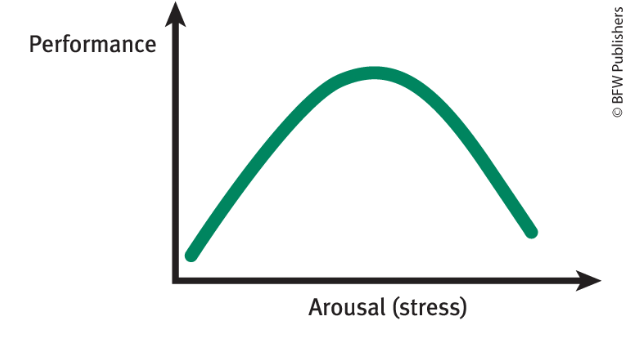
affiliation need
the need to build and maintain relationships and to feel part of a group.
intrinsic motivation
Apart of Self-determination theory, the desire to perform a behavior effectively for its own sake.
extrinsic motivation
Apart Self-determination theory, the desire to perform a behavior to receive promised rewards or avoid threatened punishment.
ostracism
deliberate social exclusion of individuals or groups.
achievement motivation
a desire for significant accomplishment, for mastery of skills or ideas, for control, and for attaining a high standard.
grit
in psychology, passion and perseverance in the pursuit of long-term goals.
Door-in-the-face technique
is when a person makes a large unreasonable request first that is likely to be denied, then makes a second, more reasonable request that is now more likely to be granted.
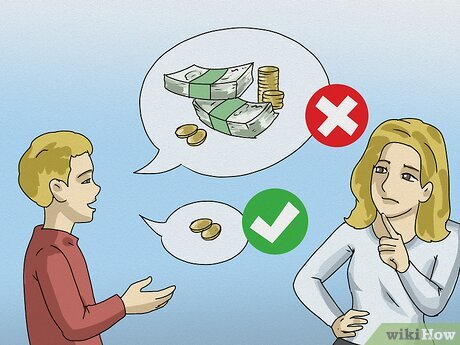
Lowball technique
consists of getting a person to agree to something and then, once they have committed, making the offer less attractive.
Openness
The degree to which a person is curious, imaginative, open to new experiences
Conscientiouness
A person’s level of organization, responsibility, dependability, and goal-directed behavior.
Extraversion
The extent to which someone is out going, energetic, social, and enjoys interacting with other.
Agreeableness
A trait reflecting how kind, trusting, cooperative, and compassionate a person is toward others.
Neuroticism
The tendency to experience emotional instability, anxiety, moodiness, and stress.
Biological Motivation
Innate, phycological drives-such as hunger, thirst, and the need for sleep that push organisms to maintain homeostasis and survival. Factors that influence this are ghrelin, leptin, hypothalamus, pituitary gland, presence of food, time of day. social gathering.
Dispositiontal Attributions
Explains behavior by focusing on internal factors such as personality traits, abilities, and character
Situational Attributions
Explains behavior by considering external factors like environmental influences, social pressures, and circumstances.
Internal Locus of Control
The belief that one’s actions and decisions directly influence life outcomes, attributing success and failure to personal effort and abilities.
External Locus of Control
The belief that external factors, such as fate, luck, or other people, primarily determine life outcomes, rather than personal actions.
Social Comparison
Evaluating oneself by comparing personal abilities achievements, and characteristics to those of others in order to gain self-awareness or self-improvement.
Upward Social Comparison
Occurs when individuals compare themselves to others who are perceive to be better or more successful often as a source of inspiration or motivation.
Downward Social Comparison
Happen when individuals compare themselves to others who are perceived to the worse off, often to boots sell-esteem or feel better about their own situation.
Relative Depriutation
The feeling of dissatisfaction that arises when individuals compare themselves to others and perceive that they are worse off or lacking resources, status, or opportunities.
Implicit Bias
Refers to the unconscious attitudes or stereotypes that influence a person’s thoughts and actions toward certain groups, often without their awareness.
Out-Group Homogeneity Bias
The tendency to perceive members of an outside group as more similar to each other than they actually are, while viewing one’s own group as more diverse.
Belief Perseverance
The tendency to maintain one’s beliefs even when presented with contradictory evidence.
Confirmation Bias
The tendency to seek out, interpret, and remember information that supports our existing beliefs while ignoring or dismissing contradictory evidence.
Social Influence Theory
Behaviors are shaped by the presence, actions, or expectation of others.